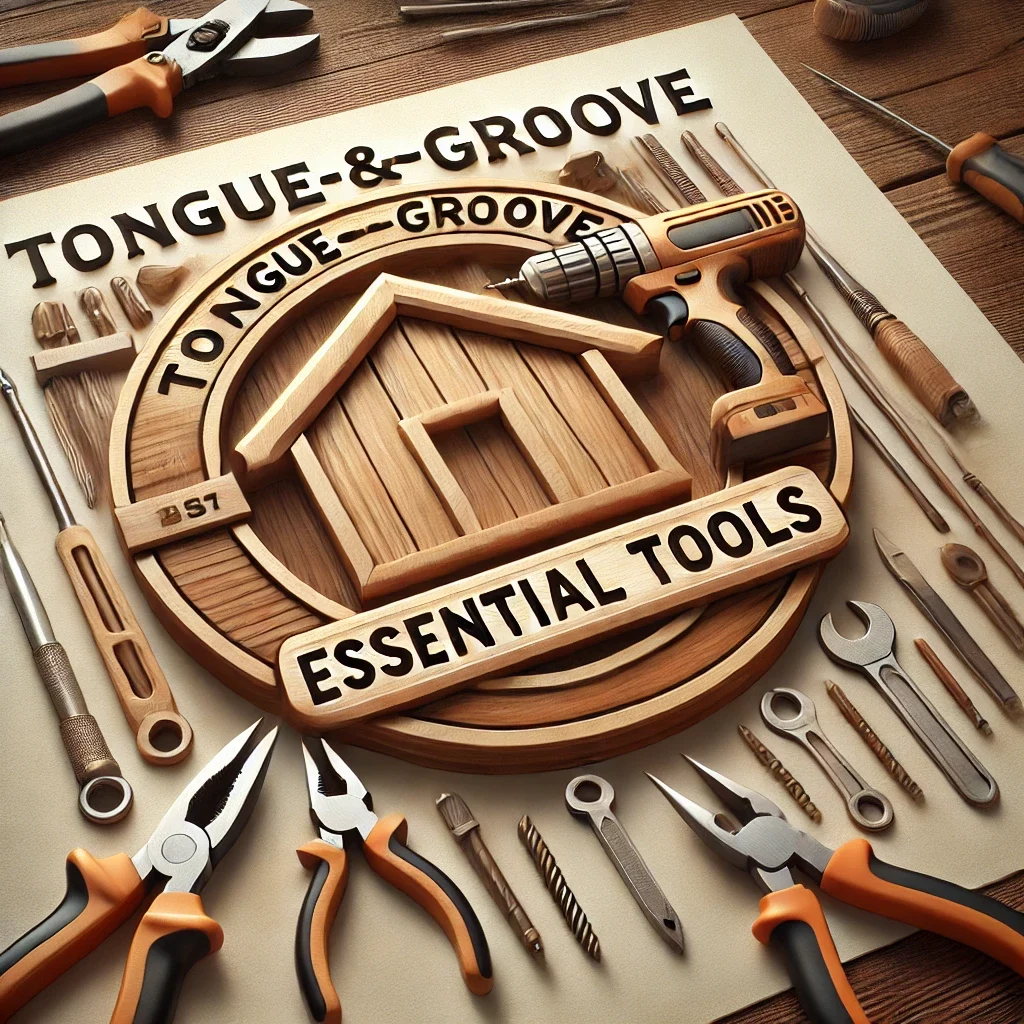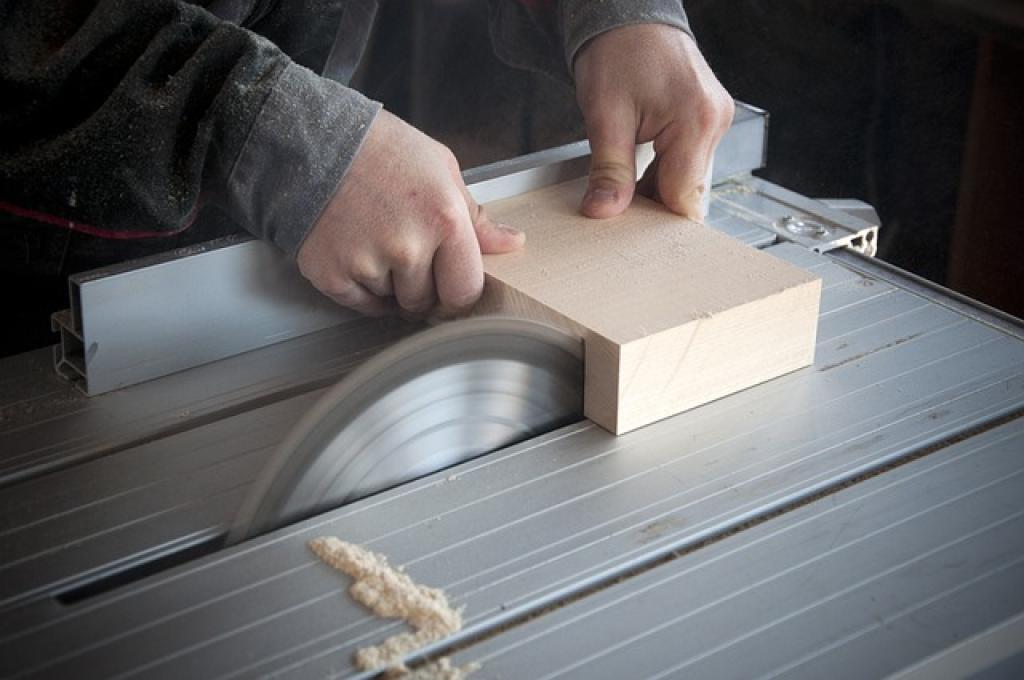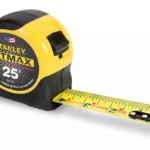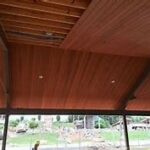Woodworking is an art that takes patience, precision, and skill. One of the key elements of creating beautiful and durable wooden pieces is mastering hardwood joints. Whether you’re a seasoned woodworker looking to enhance your skills or a beginner eager to learn, understanding different types of hardwood joints can elevate your craftsmanship to a whole new level. In this guide, we’ll explore some of the most common and essential hardwood joints used in woodworking and provide tips to help you perfect them.
Understanding Hardwood Joints
Hardwood joints are essentially the connections between two pieces of wood. These joints play a crucial role in not only holding the pieces together but also in determining the strength and aesthetics of the final piece. Different types of joints are used based on the project requirements, design considerations, and desired outcome. By mastering various hardwood joints, you can broaden your woodworking capabilities and create pieces that are not only structurally sound but visually appealing.
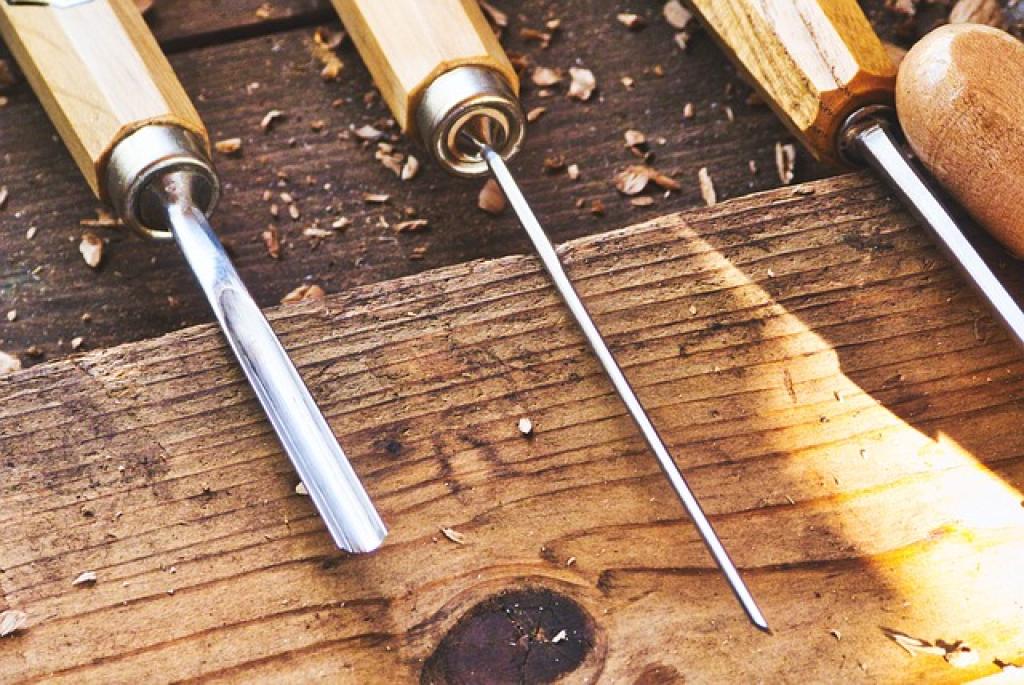
Types of Hardwood Joints
1. Butt Joint
The most basic type of joint, the butt joint involves joining two pieces of wood by simply butting them together. While this joint is easy to create, it’s not the strongest and may require additional reinforcement to ensure stability. Glue or screws, or dowels are often used in conjunction with a butt joint to provide added strength.
2. Dovetail Joint
Known for its strength and decorative appeal, the dovetail joint is created by interlocking trapezoidal-shaped pins and tails. This joint is commonly used in drawer construction and fine woodworking due to its ability to resist pulling forces. Achieving well-fitted dovetail joints requires precision and practice but can result in a visually striking and durable connection.
3. Mortise and Tenon Joint
One of the oldest and strongest woodworking joints, the mortise and tenon joint consists of a protruding tenon on one piece of wood that fits into a corresponding mortise on the other piece. This joint is versatile and can be used in various applications, from table construction to door frames. Properly executed, the mortise and tenon joint provides exceptional strength and stability.
4. Finger Joint
Also known as a box joint, the finger joint is created by interlocking fingers of two pieces of wood at a right angle. This joint is commonly used in box construction and offers good strength and gluing surface. While the finger joint may not be as visually appealing as other joints, it is a practical choice for projects where strength and durability are paramount.
Tips for Mastering Hardwood Joints
- Practice Precision: Woodworking is all about precision, especially when it comes to creating seamless joints. Take the time to measure accurately and use sharp tools to achieve clean cuts and tight fits.
- Choose the Right Wood: The type of wood you use can impact the success of your joints. Hardwoods like oak, maple, and walnut are ideal for creating strong and durable connections.
- Use Quality Tools: Invest in high-quality saws, chisels, and other woodworking tools to ensure clean and accurate cuts. High-quality tools make a significant difference in the outcome of your joints.
- Experiment with Different Joints: Don’t be afraid to try out new joint techniques and see what works best for your project. Each type of joint has its strengths and weaknesses, so experimentation can help you find the right fit.
- Practice, Practice, Practice: Like any skill, mastering hardwood joints takes practice. Start with small projects to hone your skills and gradually work your way up to more complex pieces.
The Bottom Line
Mastering hardwood joints is a rewarding journey that can significantly enhance your woodworking abilities. By understanding different types of joints, practicing precision, and experimenting with various techniques, you can create beautifully crafted pieces that stand the test of time. Remember, patience and perseverance are key when it comes to perfecting hardwood joints, so enjoy the process and let your creativity shine through in every project you undertake. Happy woodworking!
